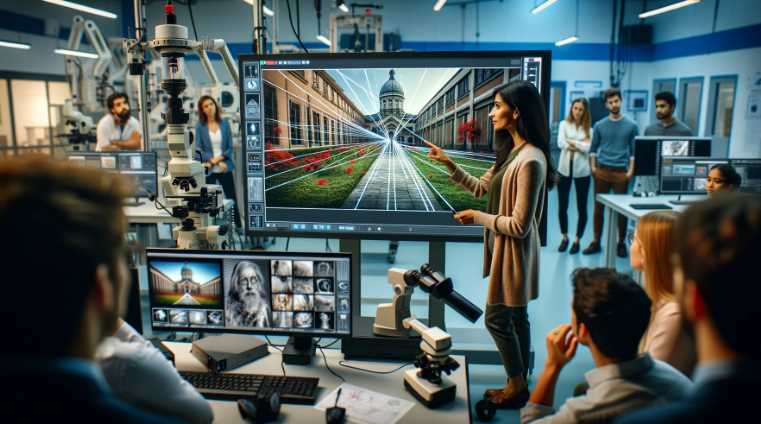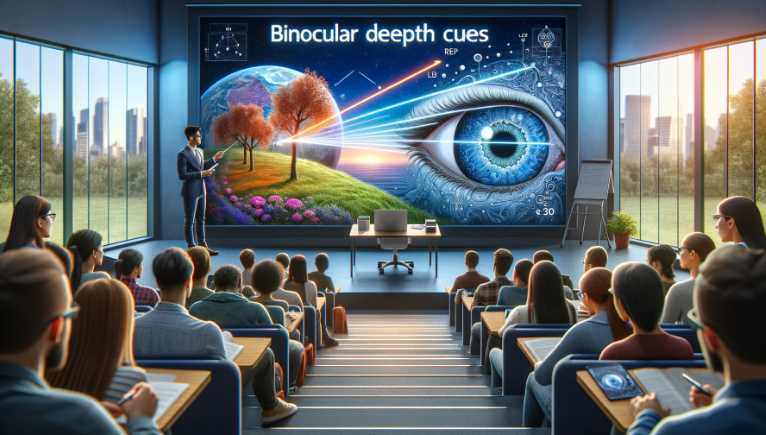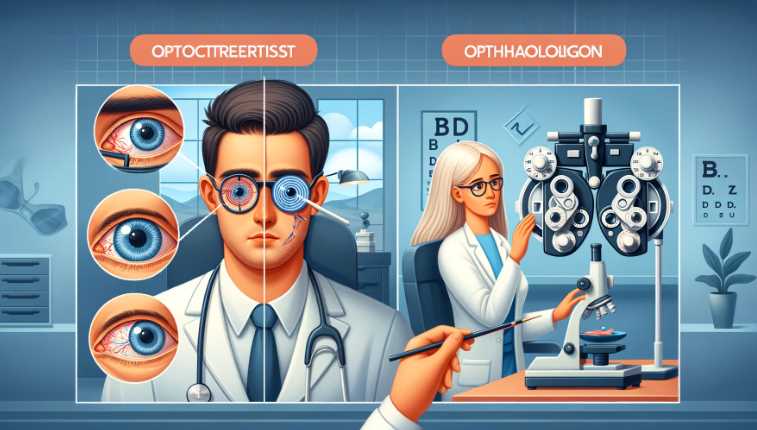11 Ways to get Moisture out of binoculars? (Inside/Outside/Lenses) Video Guide
To remove moisture from binoculars, follow these steps: Moisture inside binoculars can degrade optics and affect performance. Removing the moisture involves allowing the binoculars to air-dry in a warm, low-humidity environment. Desiccant packets or rice can expedite the process by absorbing moisture. The objective is to eliminate condensation and ensure the binoculars are completely dry […]
11 Ways to get Moisture out of binoculars? (Inside/Outside/Lenses) Video Guide Read More »









